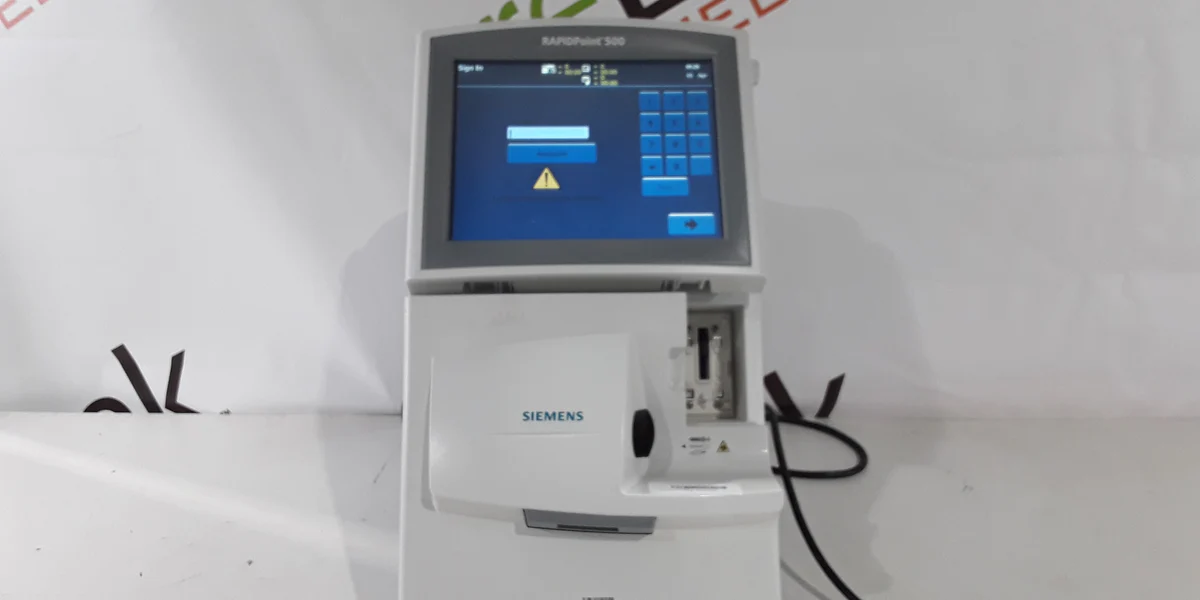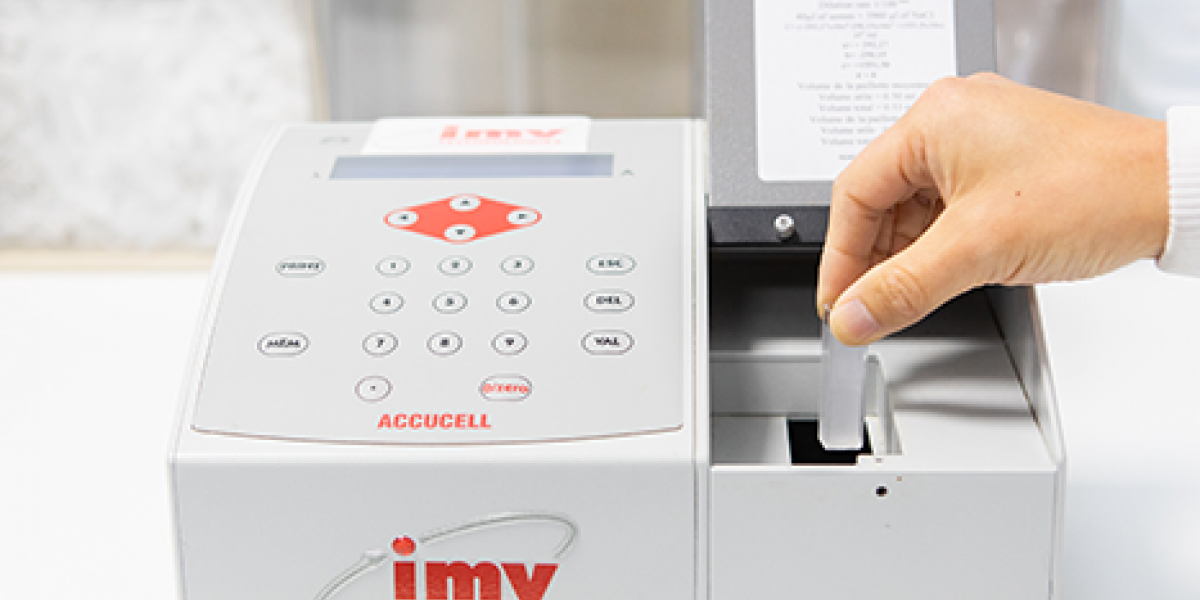In the ever-evolving landscape of healthcare, technological advancements play a pivotal role in enhancing diagnostic capabilities and improving patient outcomes. Among these innovations, blood gas analyzers stand out as crucial tools that enable healthcare professionals to assess a patient’s acid-base balance and respiratory function rapidly. This article delves into the significance of blood gas analyzers, their technology, applications, and the impact they have on patient care.
Understanding Blood Gas Analysis:
Blood gas analysis is a diagnostic procedure that measures the concentration of gases, such as oxygen and carbon dioxide, as well as the pH level in a patient’s blood. This information is vital for assessing respiratory and metabolic functions, providing critical insights into a patient’s overall health status. Blood gas analyzers have become indispensable in various clinical settings, including emergency departments, intensive care units (ICUs), and operating rooms.
Technological Evolution:
The evolution of blood gas analyzers has been marked by significant technological advancements. Early systems were time-consuming and often required large blood samples. However, modern analyzers have overcome these limitations, offering rapid results with minimal blood volume requirements. Miniaturization and automation have made these devices more user-friendly, enabling healthcare professionals to obtain real-time data efficiently.
Key Components and Technology:
Blood gas analyzers consist of several key components that work in tandem to provide accurate and timely results. The main components include:
- Electrochemical Sensors: These sensors measure the concentration of ions, such as H+, Na+, K+, and Cl-, providing essential information for calculating pH and electrolyte levels.
- Optical Sensors: These sensors use spectrophotometry to measure oxygen and carbon dioxide levels in the blood. They are crucial for assessing the respiratory function of the patient.
- Microfluidic Systems: Miniaturized fluid-handling systems have streamlined the process of sample introduction, reducing the required blood volume and allowing for faster analysis.
- Data Processing Units: Advanced algorithms and data processing units ensure the accuracy and reliability of the results obtained from blood gas analyzers.
- User Interface: Intuitive interfaces make these devices accessible to healthcare professionals with varying levels of expertise, facilitating quick and efficient operation.

Clinical Applications:
Blood gas analyzers find applications in a wide range of clinical scenarios, contributing significantly to patient diagnosis, treatment, and monitoring.
- Critical Care Settings: In ICUs and emergency departments, rapid assessment of a patient’s respiratory and metabolic status is crucial. Blood gas analyzers provide real-time data that aids in making timely and informed decisions.
- Anesthesia Management: During surgery, maintaining optimal oxygen and carbon dioxide levels is paramount. Blood gas analyzers assist anesthesiologists in adjusting ventilation parameters to ensure patient safety.
- Neonatal Care: The delicate nature of neonatal physiology requires precise monitoring. Blood gas analyzers help healthcare providers assess and manage the respiratory and metabolic status of newborns, especially those born prematurely.
- Chronic Respiratory Conditions: Patients with chronic respiratory conditions, such as chronic obstructive pulmonary disease (COPD), benefit from regular blood gas analysis to monitor disease progression and adjust treatment plans accordingly.
- Sports Medicine: Blood gas analysis is increasingly used in sports medicine to assess athletes’ respiratory and metabolic responses to exercise, aiding in the optimization of training regimens.
Benefits of Blood Gas Analysis:
- Rapid Results: One of the primary advantages of blood gas analyzers is the speed at which results are obtained. This rapid turnaround time is critical in emergency situations and allows healthcare professionals to make swift decisions.
- Reduced Sample Size: Modern analyzers require smaller blood samples, minimizing the discomfort for patients, particularly those who require frequent monitoring.
- Comprehensive Data: Beyond assessing oxygen and carbon dioxide levels, blood gas analysis provides valuable information about electrolyte balance, acid-base status, and overall metabolic function.
- Improved Patient Outcomes: Timely and accurate information from blood gas analyzers contributes to more precise diagnosis and treatment plans, ultimately improving patient outcomes and reducing the length of hospital stays.
- Point-of-Care Testing: The portability of some blood gas analyzers enables point-of-care testing, allowing healthcare professionals to conduct analyses at the patient’s bedside. This is especially beneficial in resource-limited settings.
Challenges and Future Directions:
While blood gas analyzers have greatly improved patient care, challenges persist. These include the need for ongoing calibration and maintenance, cost considerations, and the potential for errors in sample collection and handling. Future developments in technology may address these challenges, with advancements such as continuous monitoring systems and integration with electronic health records likely to shape the next generation of blood gas analyzers.
Conclusion:
Blood gas analyzers have become indispensable tools in modern healthcare, playing a pivotal role in diagnosing and managing a wide range of medical conditions. Their ability to provide rapid, accurate, and comprehensive data has transformed the way healthcare professionals approach patient care, particularly in critical and time-sensitive situations. As technology continues to advance, the future holds even greater promise for blood gas analyzers, with the potential to further improve diagnostic capabilities and enhance patient outcomes. In the dynamic landscape of healthcare, these innovative devices stand as a testament to the positive impact of technology on the practice of medicine.

